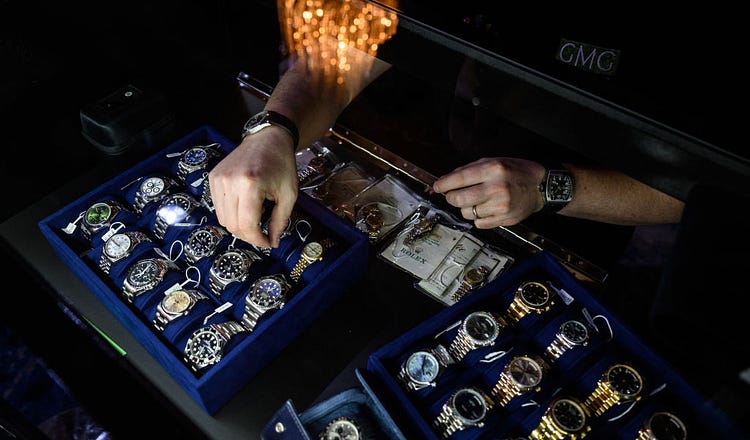
Two weeks ago, the YouTube channel Hodinkee released a video featuring noted Lost actor Daniel Dae Kim, in which he spent 37 uninterrupted minutes talking about. . . buying watches in retail stores.
Not acting, his personal life, or his experience as a Korean-born artist building a career in the United States. Just the purchase and ownership of mass-production wristwatches from various billion-dollar brands. Going into the store, seeing the watches, handing over the credit card—that sort of thing. The video was well-received, with one commenter noting that he “LOVED this conversation. This is what our hobby is all about! Thanks for posting, Hodinkee!”
Which leads to an obvious question for many readers, namely: What, exactly, is “our hobby”?


